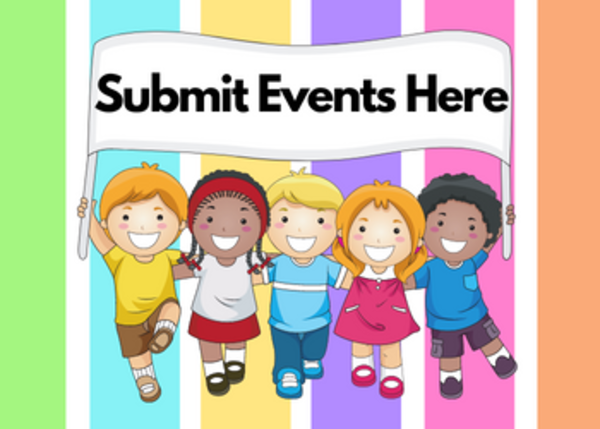To improve organization and mental clarity, a combination of physical organization, mental habits, and productivity strategies can be powerful. Here are a few structured approaches to help you focus and make the most of your time:
1. Physical Organization
- Declutter Workspaces: Spend a few minutes each day organizing your work area, keeping only essentials within arm's reach. This reduces distractions and promotes a sense of control.
- Categorize Tasks: Use bins, folders, or digital tools to group similar tasks together. You might categorize by urgency or type, making it easier to access what you need quickly.
2. Planning and Prioritization
- Write it Down: Keep a running to-do list or use a tool like Notion or Trello to organize tasks. This helps prevent small tasks from mentally piling up.
- Prioritize with a Focused Approach: Use the Eisenhower Matrix to sort tasks by importance and urgency. Focus on the high-importance items first each day.
- Set Daily Themes: If you have recurring tasks, consider dedicating certain days or times to specific types of work. This reduces task-switching fatigue and helps you build momentum.
3. Mental Organization
- Practice Mindfulness: Mindfulness techniques, like quick breathing exercises, help center your thoughts and reduce distractions. Apps like Headspace or Calm can guide you in staying grounded.
- Start with Small Wins: Tackle a small but meaningful task first thing in the morning. A quick success helps create momentum for the day.
- Limit Multitasking: Focus on one task at a time. Multitasking can make you feel busy but often reduces the quality and efficiency of work.
4. Productivity Techniques
- Time Blocking: Dedicate specific blocks of time to individual tasks. You could use the Pomodoro Technique (25 minutes of focused work, 5 minutes break) to maintain concentration.
- Set Clear Boundaries: Define work and rest times. When it’s work time, try to limit distractions, and when it’s break time, allow yourself to disconnect fully.
- Reflect and Adjust: Take a few minutes at the end of each day to review what you accomplished and any lingering tasks. Adjust your approach if you notice patterns or areas where your focus tends to drift.
Starting small, testing what works best for you, and gradually building these into habits can make a big difference in achieving lasting focus and productivity. Making your goals realistic makes achieving them that much easier.






